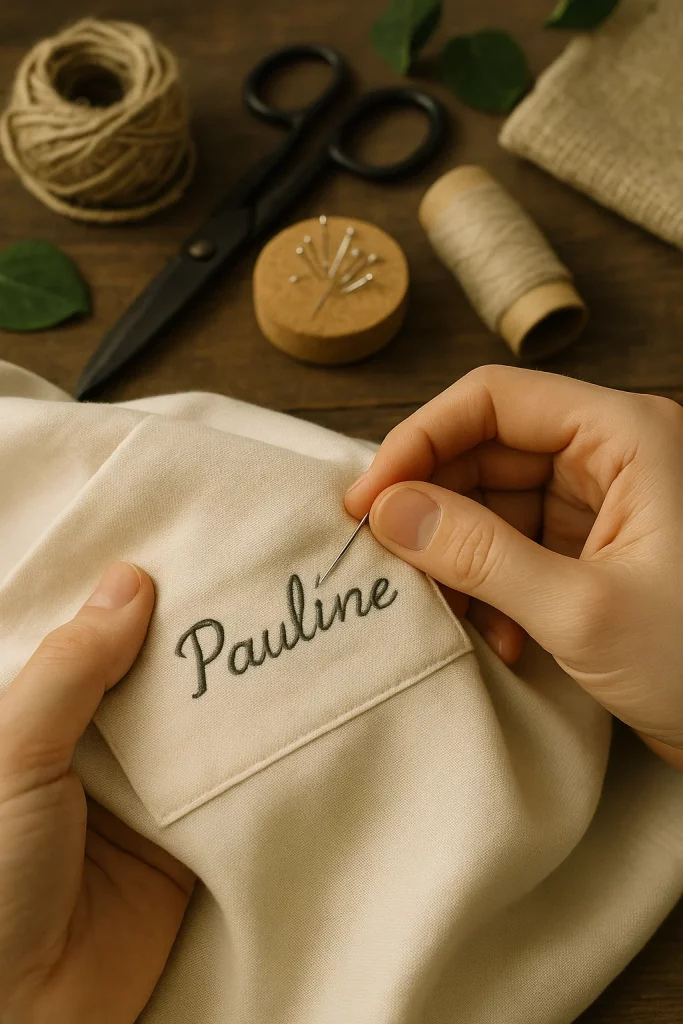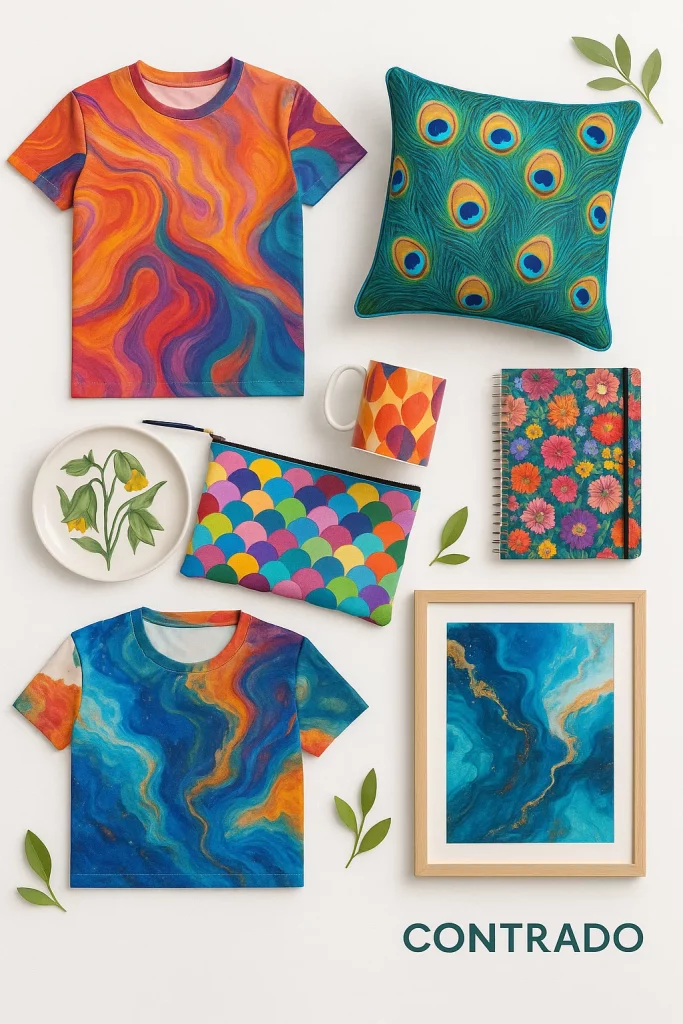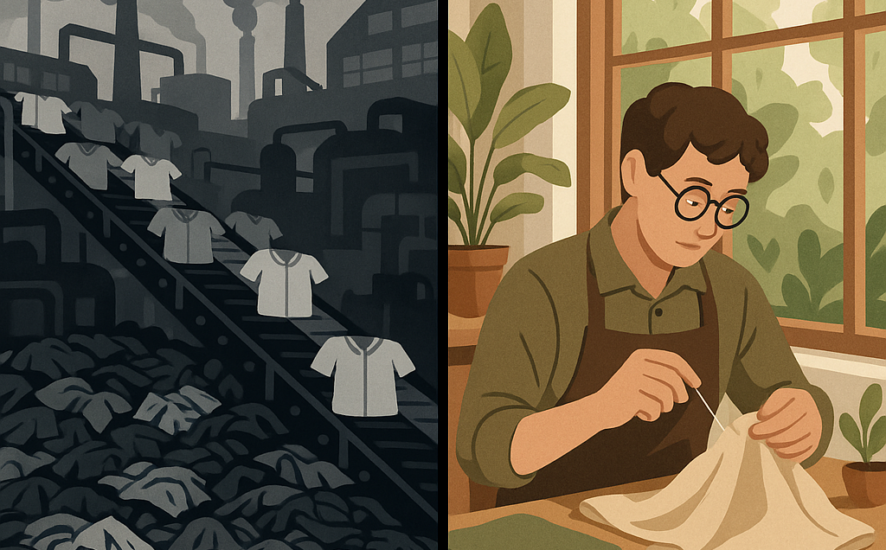In today’s fast-paced world, the demand for instant gratification often clashes with the growing need for sustainability. When it comes to manufacturing, the debate between fast and slow production is more relevant than ever. But what do these terms really mean, and how do they impact you as a consumer, the environment, and the future of industries like fashion and homeware? In this blog post, we’ll dive deep into the truth behind fast vs. slow production, exploring their benefits, drawbacks, and why a company like Contrado, with its commitment to sustainable, on-demand manufacturing, offers a compelling middle ground. Whether you’re an independent artist, a conscious shopper, or simply curious, read on to discover actionable insights and make informed choices.
What Are Fast and Slow Production?
Before we delve into the pros and cons, let’s define the two approaches to production that dominate modern industries:
- Fast Production: Often associated with mass manufacturing, fast production prioritises speed and volume. Think of high-street fashion brands churning out thousands of garments weekly to keep up with fleeting trends. This model relies on large-scale factories, cheap labour, and often, environmentally harmful practices.
- Slow Production: On the other hand, slow production focuses on quality over quantity. It emphasises craftsmanship, ethical sourcing, and sustainability. Slow production is often seen in artisanal goods or made-to-order models, where items are created with care and intention, minimising waste.
Understanding these definitions sets the stage for a deeper look at how each method impacts various stakeholders, from consumers to the planet itself.
The Rise of Fast Production: Why Speed Took Over
Fast production became the norm in the 20th century with the advent of industrialisation. The ability to mass-produce goods at low costs revolutionised industries like fashion, electronics, and homeware. But why did it become so dominant?
- Consumer Demand: As lifestyles accelerated, consumers began expecting products to be available instantly and at low prices.
- Trend Cycles: The rise of fast fashion, for instance, introduced micro-trends that change weekly, pushing brands to produce quickly to stay relevant.
- Profit Margins: Producing in bulk often reduces costs per unit, allowing companies to maximise profits.
However, this speed comes at a steep cost. Overproduction leads to unsold stock, much of which ends up in landfills. Additionally, the reliance on cheap materials and labour often results in poor-quality products and unethical working conditions.
The Case for Slow Production: Quality and Sustainability
In response to the environmental and ethical concerns of fast production, slow production has gained traction. This approach aligns closely with the values of sustainability-focused brands like Contrado, which specialises in personalised products made on demand. Here’s why slow production is making a comeback:
- Reduced Waste: By producing only what is needed, slow production minimises overstock and unsold inventory.
- Higher Quality: Items are often made with better materials and attention to detail, ensuring they last longer.
- Ethical Practices: Slow production often prioritises fair wages and safe working conditions, supporting artisans and small-scale manufacturers.
At Contrado, we embody the ethos of slow production by creating custom-made products only when an order is placed. This print-on-demand model ensures that every piece of custom fashion or personalised homeware is crafted with purpose, reducing waste and supporting independent artists.

Fast vs. Slow Production: Which One Aligns with Your Values?
When it comes to how the products we buy are made, speed isn’t everything. Let’s break down the key differences between fast and slow production to help you choose what truly suits your values, lifestyle, and long-term goals.
1. Speed & Accessibility
Fast Production:
Products are readily available in large quantities, often mass-produced to meet immediate demand. Ideal for quick purchases or last-minute needs.
Slow Production:
Products are typically made to order, meaning longer wait times. But this added time often results in a more thoughtful, meaningful purchase with a story behind it.
2. Cost
Fast Production:
Cheaper upfront, thanks to mass production and low-cost materials. However, these products often wear out quickly, leading to repeated replacements and higher costs over time.
Slow Production:
Higher initial investment due to premium materials, skilled craftsmanship, and ethical practices. But the quality and durability offer better long-term value.
3. Environmental Impact
Fast Production:
High carbon emissions, overproduction, excessive waste, and frequent use of unsustainable materials contribute to significant environmental harm.
Slow Production:
Minimises environmental impact by reducing waste, using eco-friendly materials, and prioritising sustainable processes.
4. Personal Connection
Fast Production:
Mass-produced items often lack individuality, with limited room for personalisation or creative expression.
Slow Production:
Encourages a deeper connection to the item—especially when it’s custom-made or personalised—turning your purchase into something truly unique and reflective of your personality.

How Contrado Strikes a Balance
At Contrado, we believe you shouldn’t have to choose between speed and sustainability. Our print-on-demand model combines the best of both worlds. Here’s how we do it:
- On-Demand Manufacturing: We only produce items when an order is placed, eliminating overproduction and waste.
- High-Quality Materials: Our products, from fashion to homeware, are made with premium, ethically sourced materials.
- Fast Turnaround: While we prioritise quality, our streamlined processes ensure quick delivery without compromising on care.
- Empowering Creativity: By supporting independent artists and designers, we bring unique, personalised products to life.
Our approach proves that it’s possible to enjoy the benefits of slow production without sacrificing efficiency. Whether you’re designing a bespoke piece of clothing or creating unique art prints, Contrado ensures every item is made with intention.
Tips for Choosing Between Fast and Slow Production as a Consumer
As a conscious shopper, you have the power to influence production practices through your purchasing decisions. Here are some tips to help you choose wisely:
- Prioritise Quality: Opt for items that are built to last, even if they cost more upfront.
- Support Ethical Brands: Look for companies that are transparent about their manufacturing processes and labour practices.
- Buy Less, Buy Better: Instead of chasing trends, invest in timeless pieces or personalised products that hold personal value.
- Consider On-Demand Options: Platforms like Contrado allow you to enjoy custom-made products without contributing to overproduction.
The debate between fast and slow production isn’t just about speed—it’s about values, impact, and the kind of world we want to create. While fast production offers convenience, it often comes at the expense of quality, ethics, and the environment. Slow production, on the other hand, champions sustainability and craftsmanship, offering a more meaningful connection to the products we use every day. At Contrado, we’re proud to lead the way with our print-on-demand model, proving that you can have high-quality, personalised products without harming the planet. So, the next time you’re shopping for fashion, homeware, or art, ask yourself: are you buying for the moment, or for a better future?

